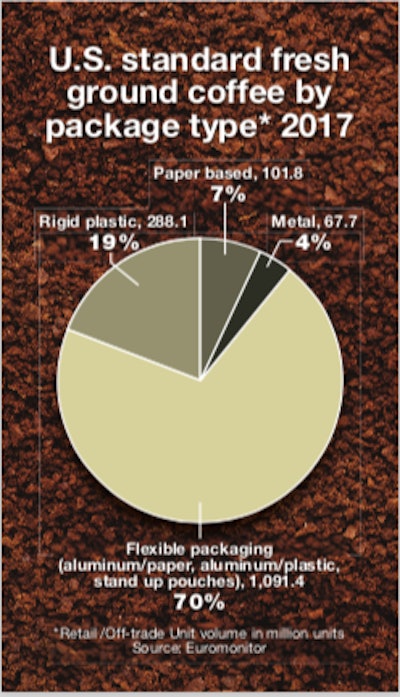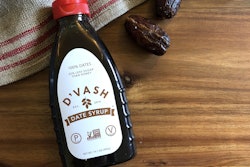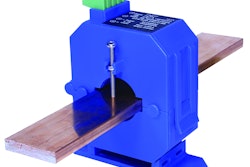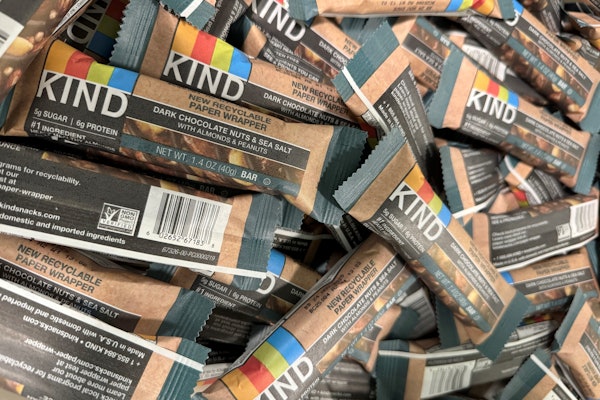
While sales of RTD cold brews are limited in the context of the total U.S. market, growth is rapid. Consumer familiarity with cold brew is increasing, both because of cold brew’s explosive foodservice growth and the wider range of products appearing on the market.
Cold brews are seen as relatively healthy indulgences for consumers who find products like Frappuccino too sugary, although simple curiosity about this much-discussed category is helping to drive sales. Much of the excitement is coming from small-scale producers like Portland’s Stumptown, which are taking advantage of consumer recognition of their brand names from foodservice to launch bottled products in retail stores, although only a few such brands are distributed to more than a handful of areas. Larger players are showing interest as well.
Not grandpa’s old tin can
Glass packaging totally dominates the RTD coffee market with a more than 50% share. Metal cans account for more than a third of the market.
Meanwhile, in the U.S. whole bean and fresh ground markets, flexible packaging totally dominates formerly standard metallized tin cans.
In fresh ground, flexibles account for about 70% of the U.S. unit volume, rigids occupy 19%, with paper-based and metallized tins rounding out the market at 7% and 4%, respectively.
And for fresh coffee beans, the traditional coffee tin is fading fast, occupying only 6% of the market compared to flexible’s 94%.

























